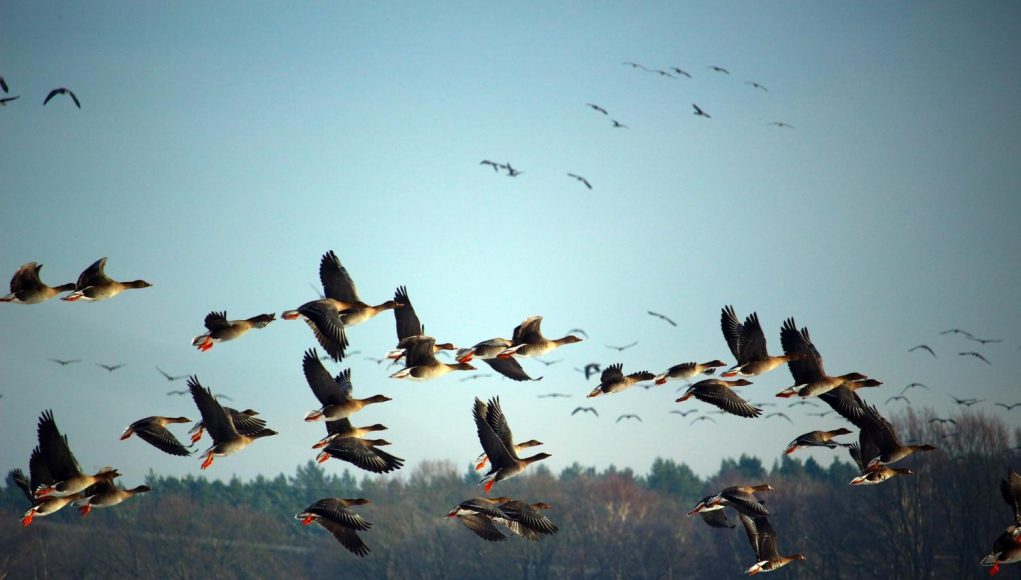A bird study led by the Australian National University (ANU) provides new understanding of the ways birds and mammals respond to a rapidly warming world.
The researchers say the findings offer insights into the pressures wild populations must manage in order to survive. The future survival of animal populations will depend on how they are able to respond to climate change.
As well as changing location or advancing the timing of breeding to track the warming seasons, some animals have been showing shifts in average body size.
Despite theoretical predictions that body size will decline as temperatures rise, some species have increased in size. To date, no study has been able to account for the variation in size trends.
A team led by Dr. Janet Gardner measured thousands of museum specimens of 82 Australian bird species to look for body-size changes over the last 50 years. They also measured how the climate has changed across each species’ range during this period of rapid warming.
Find your dream job in the space industry. Check our Space Job Board »
“Birds really are the ‘canaries in the coal mine’ when we talk about the impact that climate change is having on animals,” said Dr. Gardner.
“Because birds can carry only limited body reserves due to the constraints of flight, they can be more vulnerable to climate change than mammals.”
The study finds that birds are tracking climate change by reducing or increasing their body sizes, depending on their geographical location and the climate they experience.
“In very hot, dry climates, such as deserts, birds have tended toward increasing in size. We think this is because small birds are less likely to survive heat waves, which have become more frequent over the past 50 years,” Dr. Gardner said.
“With larger body size comes the capacity to carry more body reserves, which may allow individuals to survive longer when exposed to heatwaves and other extreme events.
“However, getting larger has its own costs—get too big and it becomes hard to shed heat effectively. There is evidence that populations of some larger bird species in the Mojave Desert in the United States have collapsed in response to rising temperatures.”
According to Dr. Gardner, during the same period, birds in temperate regions where winter temperatures are warming have reduced their body sizes.
“Smaller birds may be able to survive these milder winters, where they couldn’t 50 years ago,” she said.
Whether animals can change fast enough to keep up with a rapidly warming climate remains an open question and one that requires urgent attention, Dr. Gardner said.
“There is a limit to the amount that body size can change without affecting a species’ survival and reproduction. That’s why these changes in bird populations are so important to document,” she said.
“The desert birds in Australia that we studied appear particularly vulnerable. Our study indicates that birds and mammals in hot, dry climates around the world are likely to be vulnerable.”
The study is published in Royal Society Open Science.
Provided by: Australian National University
More information: Janet L. Gardner et al. Australian songbird body size tracks climate variation: 82 species over 50 years. Proceedings of the Royal Society B: Biological Sciences (2019). DOI: 10.1098/rspb.2019.2258
Image Credit: CC0 Public Domain











